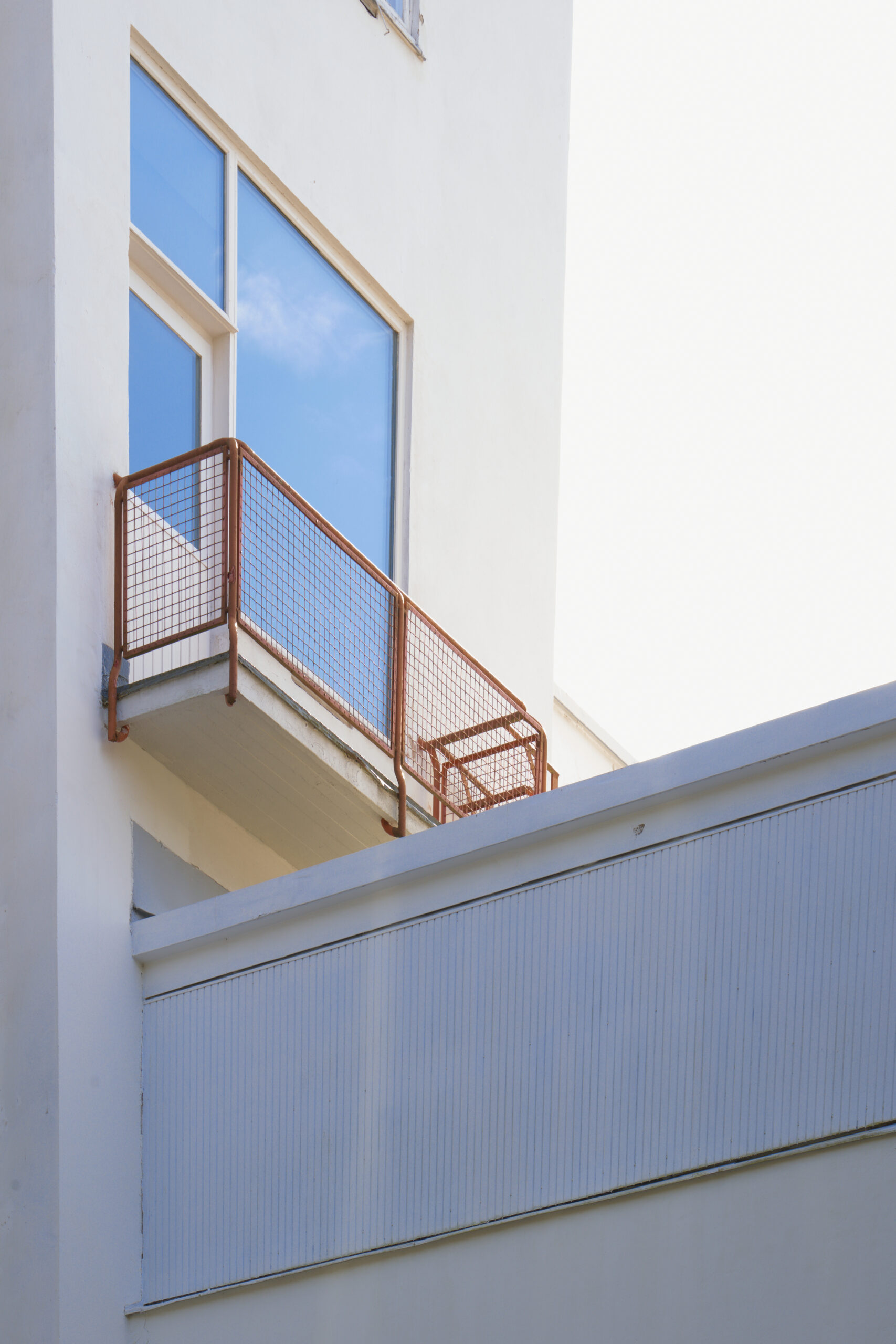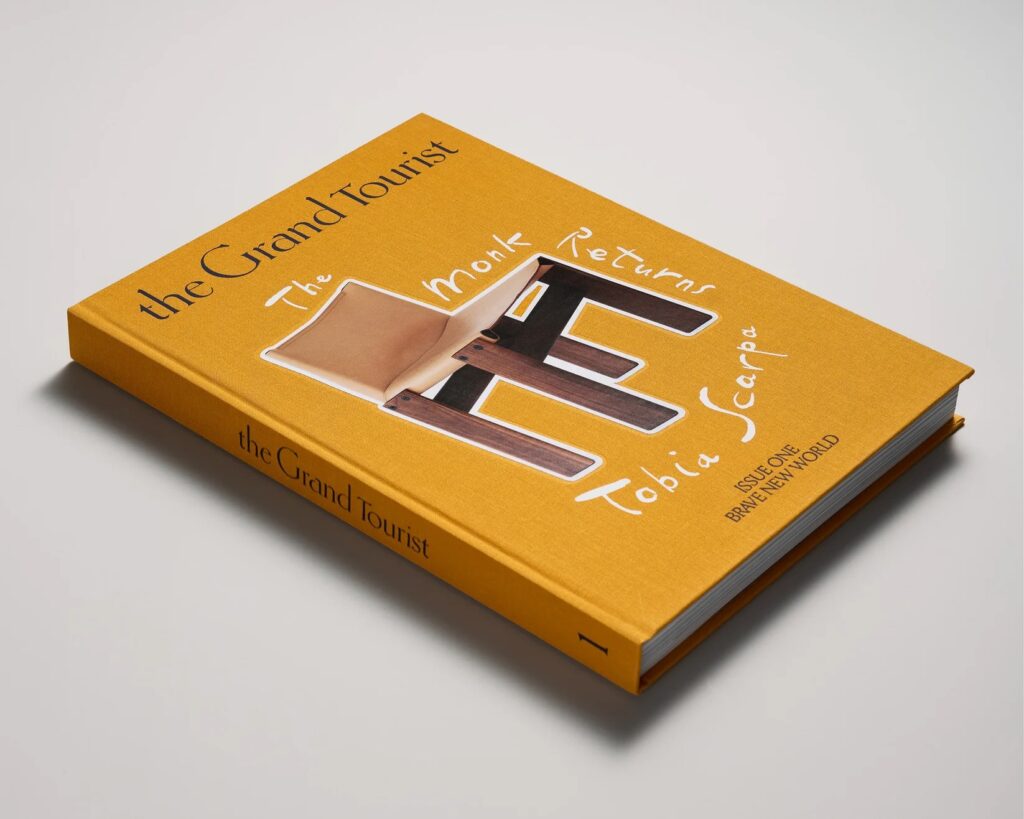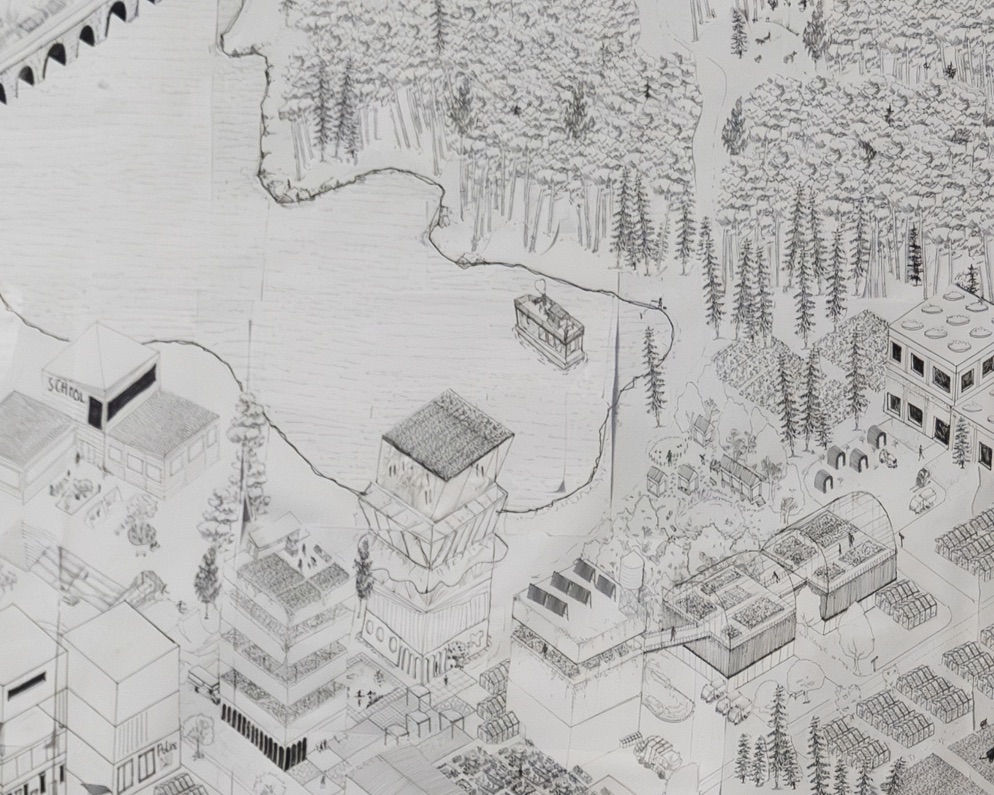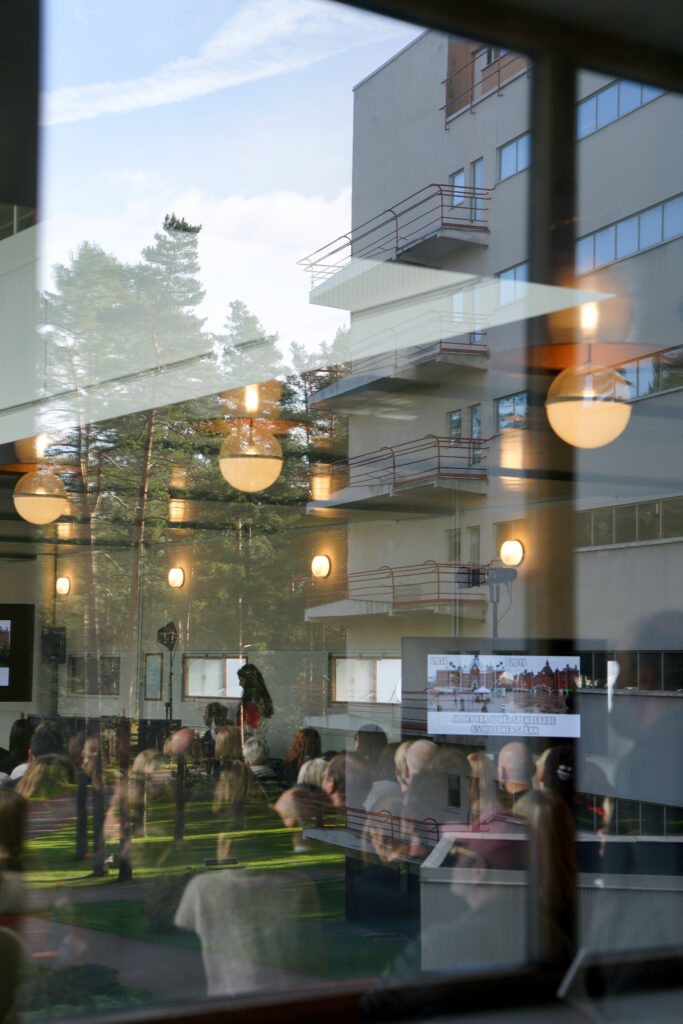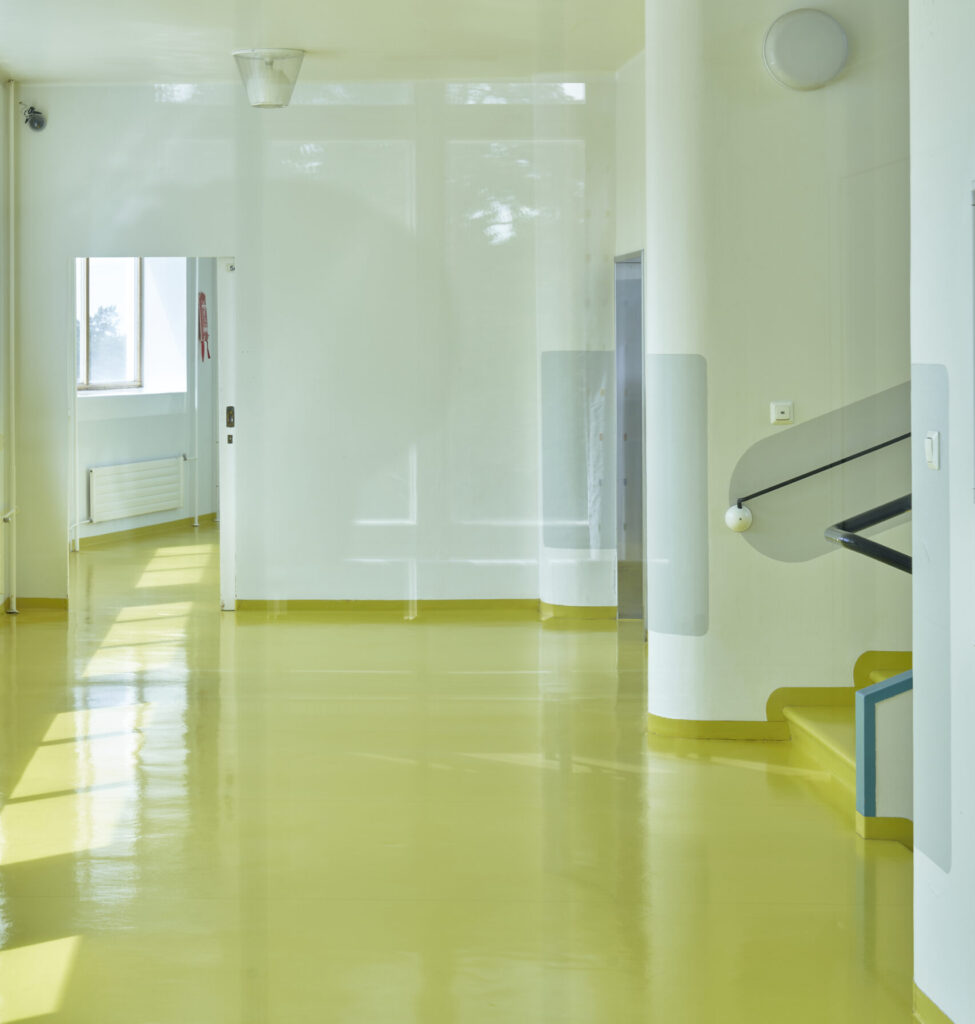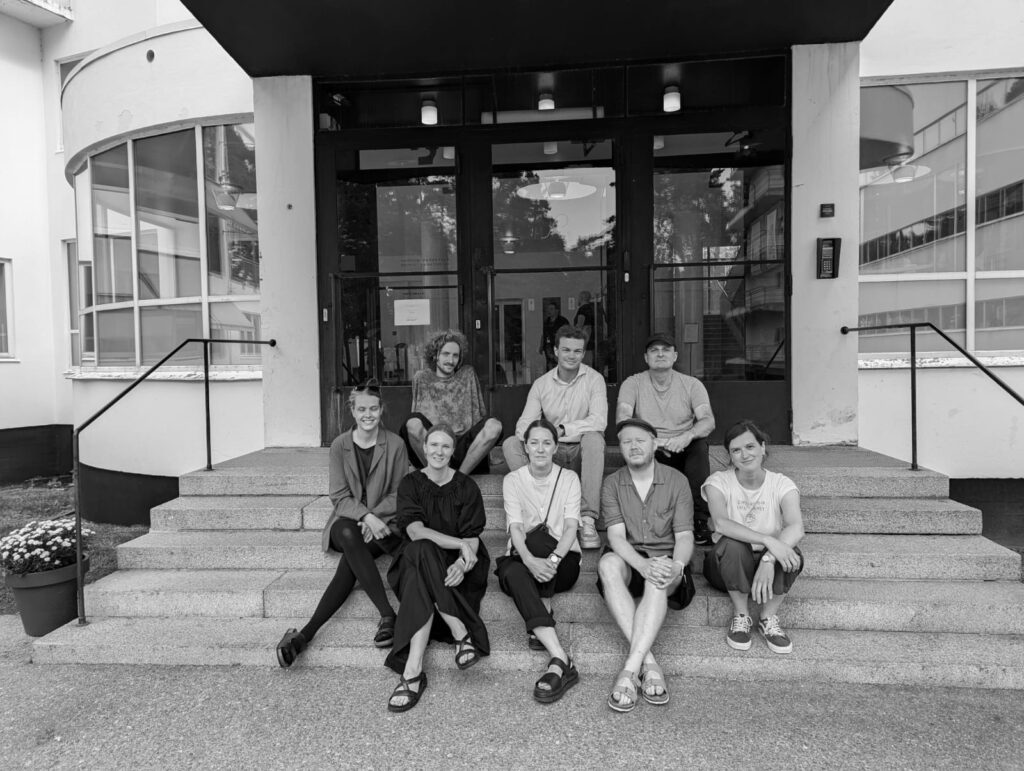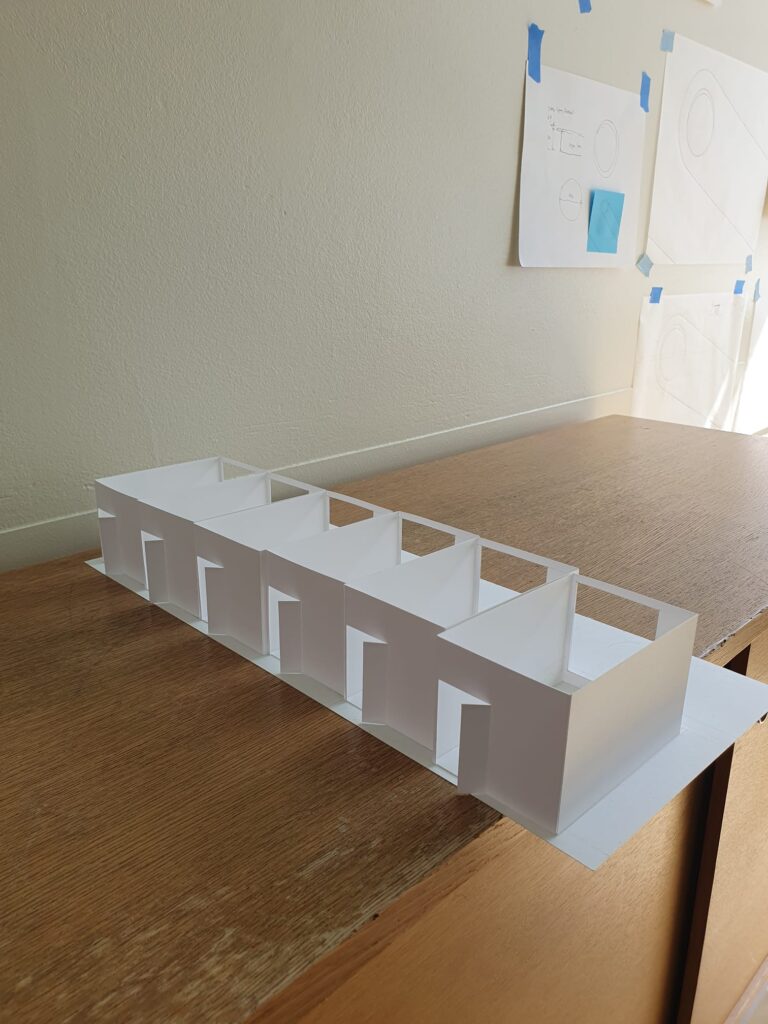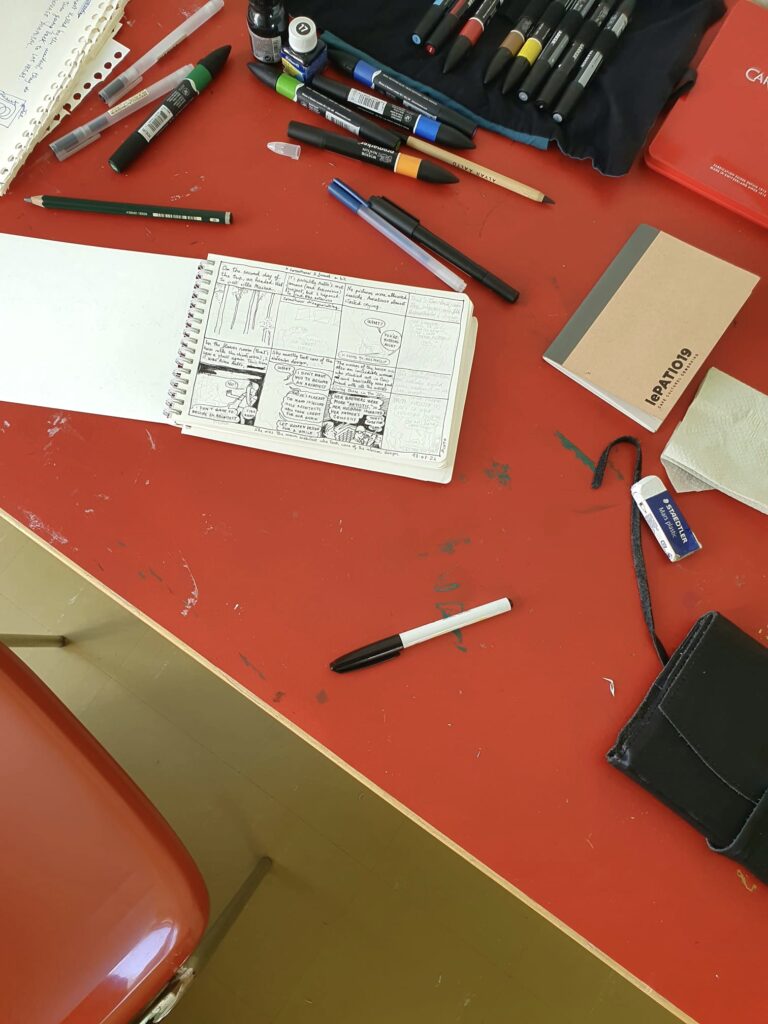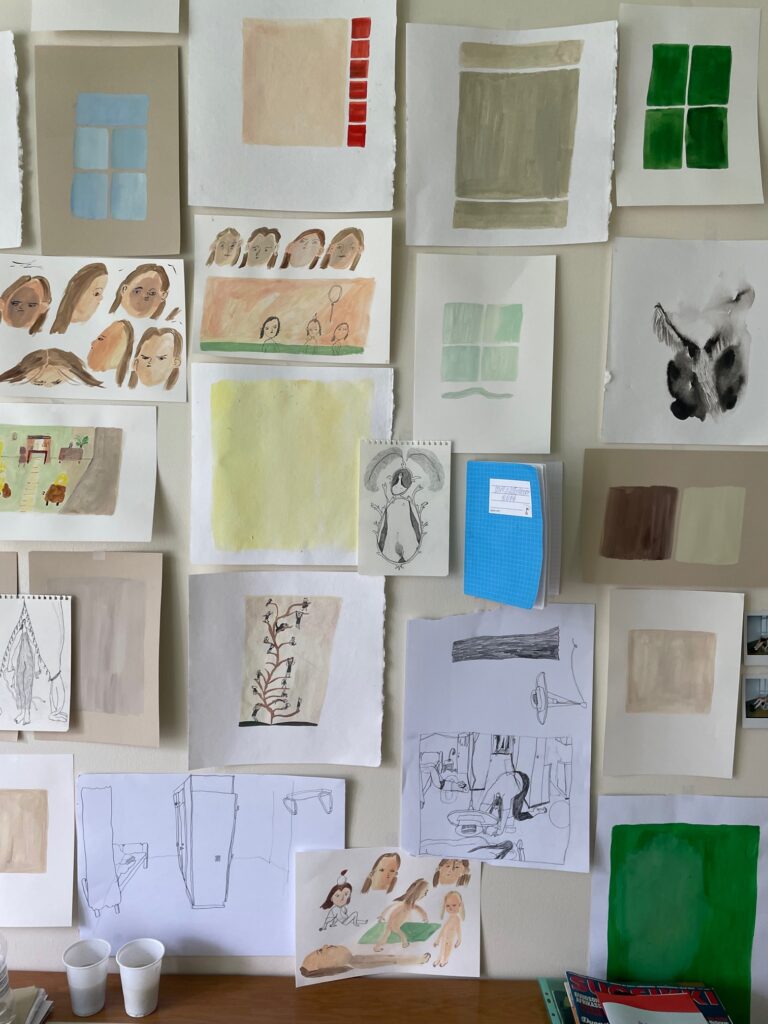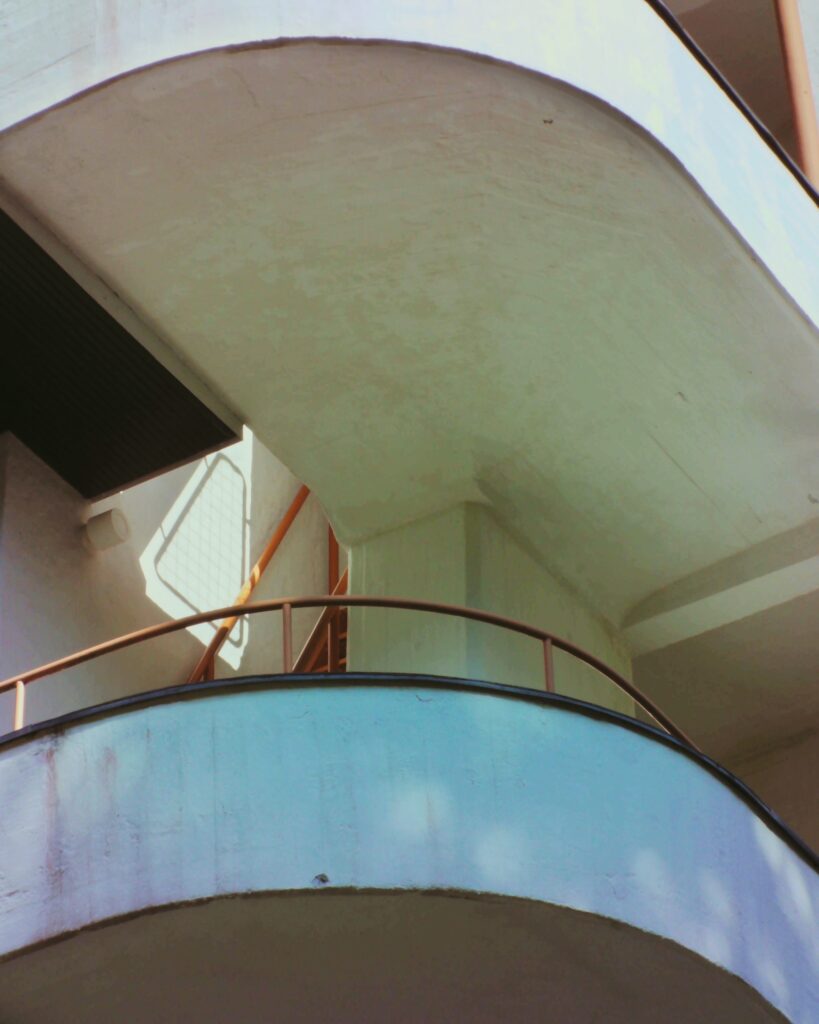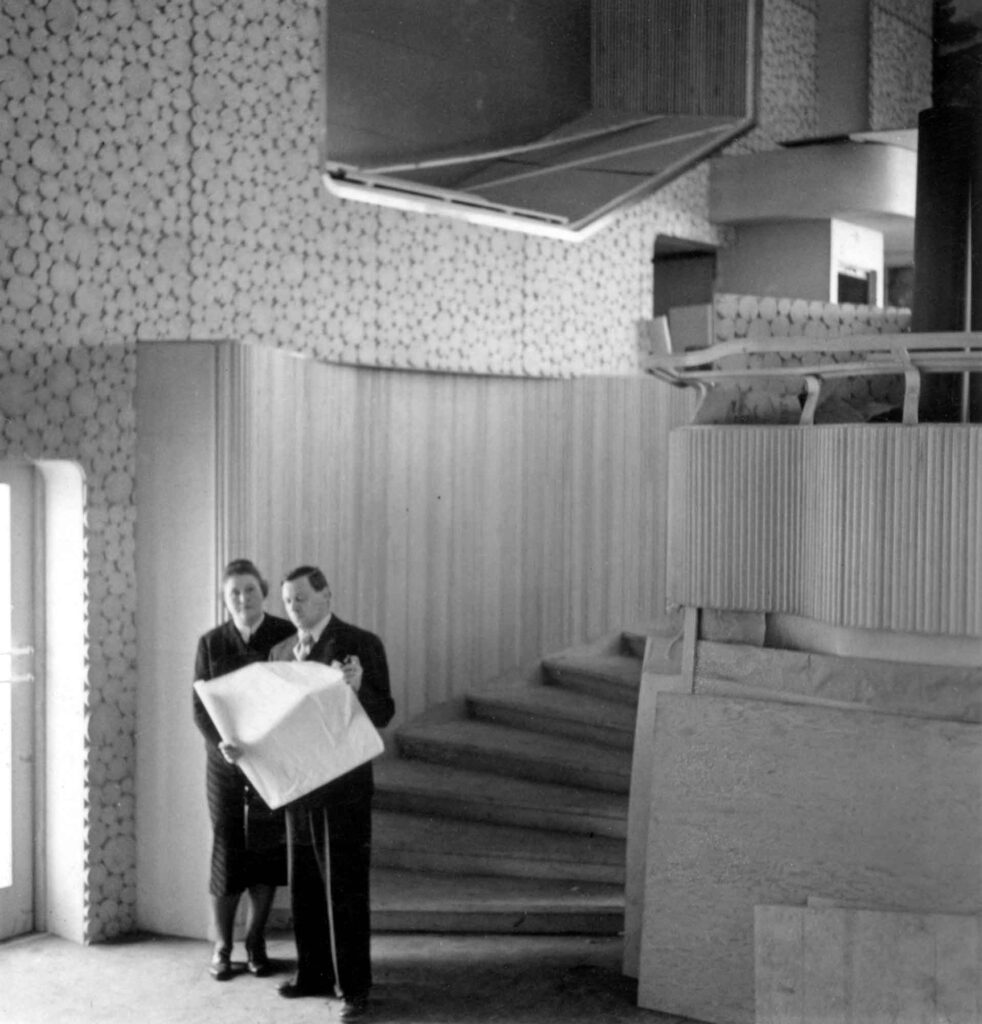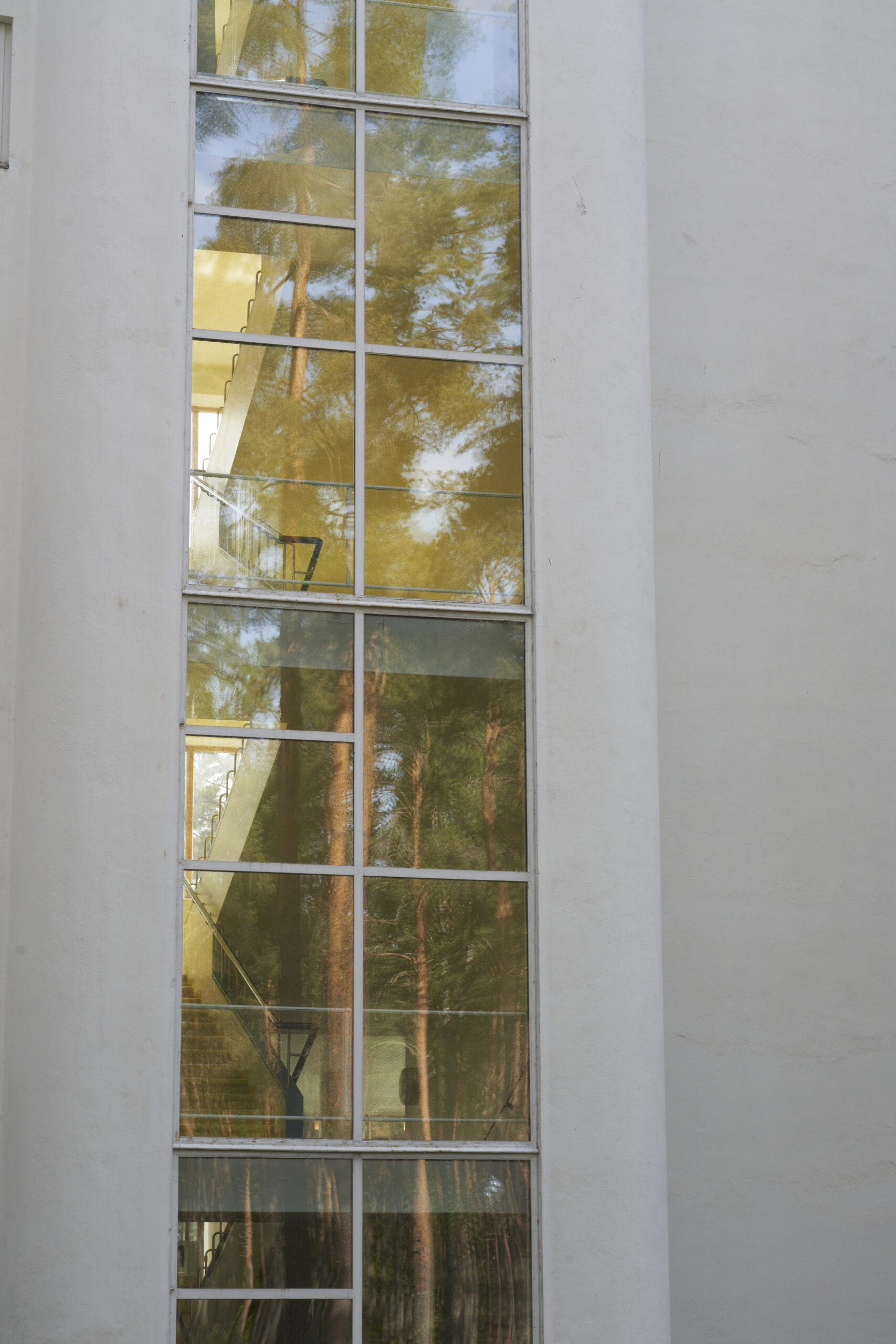What do we mean when we talk about a destination? And how does a place become a destination? These and many more questions were tackled at the seminar organised by the Paimio Sanatorium on June 9th, second in a series of seminars titled “Discussions for Emerging New Worlds”. The aim of the seminar was to find ideas and inspiration to develop the Paimio Sanatorium into a novel type of educational site, a space that transcends disciplinary boundaries and produces knowledge that escapes the constraints of specific fields.
The event kicked off with Laura Aalto, Executive Director of the Culture and Leisure Division of the City of Helsinki and Monocle’s Editorial Director Tyler Brûlé discussing how the concept of a destination has developed in recent years, and both the challenges as well as the opportunities that Finland and the Paimio Sanatorium face in attracting worldwide attention and inward investment. According to Brûlé, Finland needs to rethink how it positions itself in the global attention economy. “Before the war in Ukraine, Helsinki was a transport hub and this made it part of people’s global rhythm”, he said. Now that this has changed, Helsinki and Finland have a great moment to rethink what they are, Brûlé continued. By extension, this also applies to the Paimio Sanatorium. To reinvent itself as a global destination, he said, it needs to look at examples such as the Schloss Elmau in Germany that has hosted two G7 summits, literary discussions featuring some of the most noteworthy authors of our time, as well as numerous international events. “What does it do well to convince people to put down their phones while at the same time attracting business?”, Brûlé asked.
Much of Finland’s, and by extension also Paimio Sanatorium’s, future hinges on finding the necessary talent to run a globally noteworthy destination. According to Brûlé, Finland needs a top-level hospitality school along the lines of the Ecole hôtelière de Lausanne to train people that can up the country’s hospitality game. “People who work in hospitality are your ambassadors, but at the moment it is not seen as a prestige career path in Finland”, he said. Another challenge is the service culture that still lags behind many countries in Asia. Both of these things need to change for Finland and Paimio to attract major hospitality investments from abroad. Nonetheless, Brûlé, who visited Paimio in the run-up to the seminar, is convinced that the Sanatorium has potential. “There is a warmth about the space and the light works well, plus it is already a tourism destination”, he noted. But to make it endure and develop, like Aalto would’ve wanted to, requires deep pockets, Brûlé said.
In the second part of the seminar, the British architect Joseph Grima, who has been tasked with curating the Sanatorium’s future vision, interviewed Dr. Anna Valtonen, Vice Chancellor of the Swedish Konstfack about how the Paimio Sanatorium could transform itself into a new type of space for learning. Grima began by drawing a parallel between the Sanatorium as a building designed for taking care of people and the needs of modern-day education to not only teach but to also take care of people. “The building was designed to heal but also to cultivate a mental experience, in other words to take care of the mind”, he said and asked if the Sanatorium could resume this role in the context of experimental learning. According to Valtonen, the Paimio Sanatorium needs to first decide what kind of a learning institution it wants to be. “Will it be like the (the Rockefeller Foundation’s) Bellagio Center in Italy where authors and scholars go to write books? Will it be a meeting place for large international companies whose employees have one or two global team meetings per year? Or will it be a place that educates people how to take care of the future of our societies?”, she asked.
Grima envisions the Paimio Sanatorium as an institution built around the concept of lifelong learning. An institution which, instead of relying on top-down transfer of knowledge, could be a site where knowledge is generated collectively. “This extraordinary, almost overwhelming, building has the potential to become a learning institution unlike anywhere else in the world – one that balances bodily wellbeing with that of the mind”, he believes. According to Grima, architects need to reawaken the idea of a building as a social instrument. “People can be cured by the experience of beauty and good design”, he said. This social purpose of architecture was at the heart of Aalto’s architectural philosophy and provides a solid platform on which to start building a new future for the 90-year-old Paimio Sanatorium.

